Everything You Should Know About Mānuka Honey and How to Choose the Best One
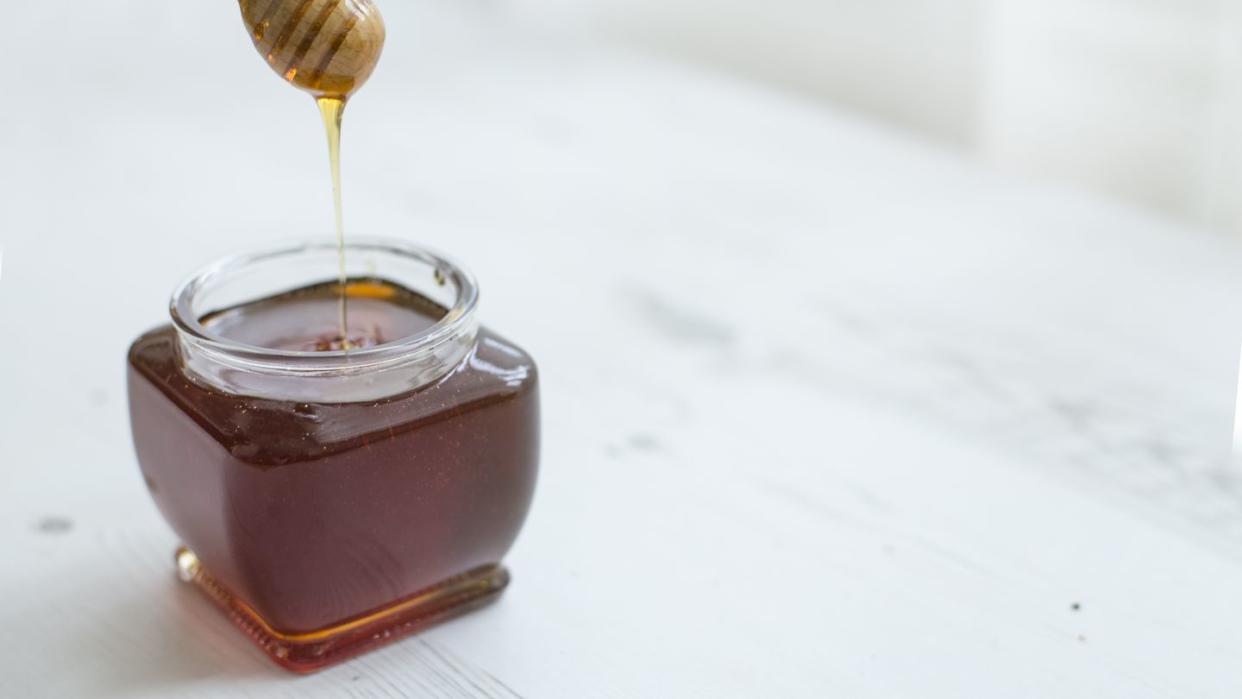
Honey is a staple of many kitchen cabinets and pantries and rightfully so. It is a sweet addition to baked goods, oatmeal, tea, and so much more. According to a 2014 article published in the journal Foods, honey, in all of its forms, has been used medicinally for millennia, but one of the most popular honey used today is Mānuka honey. If you've just heard about this product now, you may not know much about its origins or even that you can both ingest it and apply it topically. Here is everything to know about Mānuka honey and how to choose the best one.
Mānuka Honey is from New Zealand
Mānuka honey is native to remote areas of New Zealand and is harvested by bees that pollinate the flowers of the Mānuka bush. When shopping for true Mānuka honey, look for labels that say it is a product of New Zealand. However, some brands may also come from Australia as well.

Mānuka Honey Uses a Grading System
UMF™ stands for Unique Mānuka Factor™ and is the most common grading system for Mānuka honey. Developed by the UMF™ Honey Association (UMFHA) in New Zealand, the UMF™ rating system grades Mānuka honey based on four factors: MGO (methylglyoxal), Leptosperin, DHA, and HMF. MGO is the main antibacterial property found in Mānuka honey.

Mānuka Honey Ratings
Every jar of Mānuka honey produced is graded and given a rating ranging from UMF™ 5+ to UMF™ 20+. The higher the rating, the higher the quality. This system easily allows shoppers to identify which Mānuka honey fits their lifestyle needs. For example, according to UMFHA, when you choose a rating of 5+ - 10+, "You are looking for a natural sweetener that supports a healthy lifestyle." On the other hand, if you choose a rating of 25+ then "You are looking for a higher level of potency with additional nutritional support."
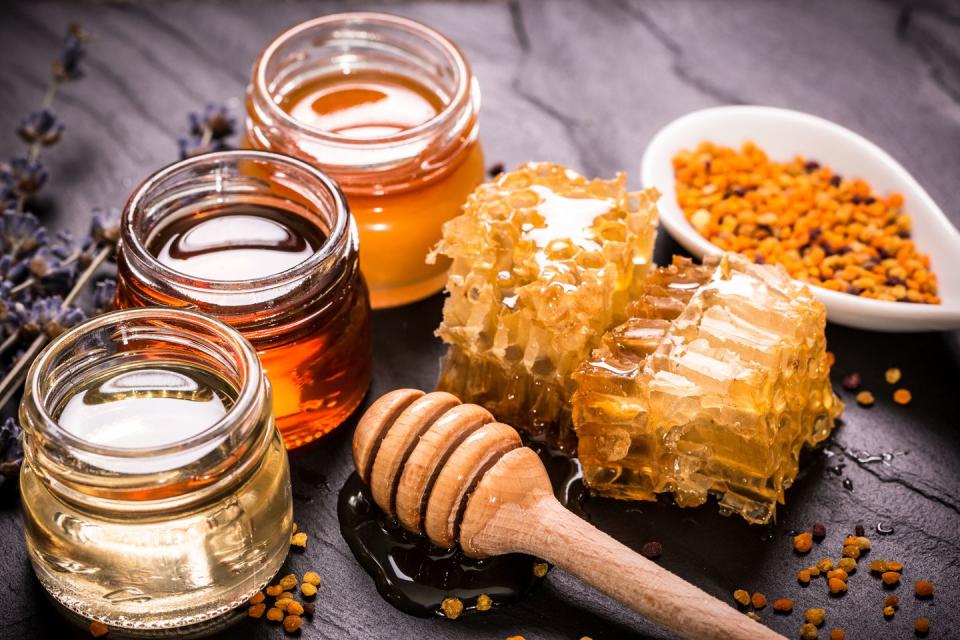
Food Grade vs. Medical Grade
When shopping for Mānuka honey, Alex Foxman, M.D. a double board-certified physician and medical director for Beverly Hills Institute, Mobile Physician Associates, says there are differences between medical-grade and food-grade Manuka honey. “Medical-grade honey is sterilized and used for wound care, while food-grade honey is consumed for its health benefits.” Depending on your needs, shop for Mānuka honey accordingly.
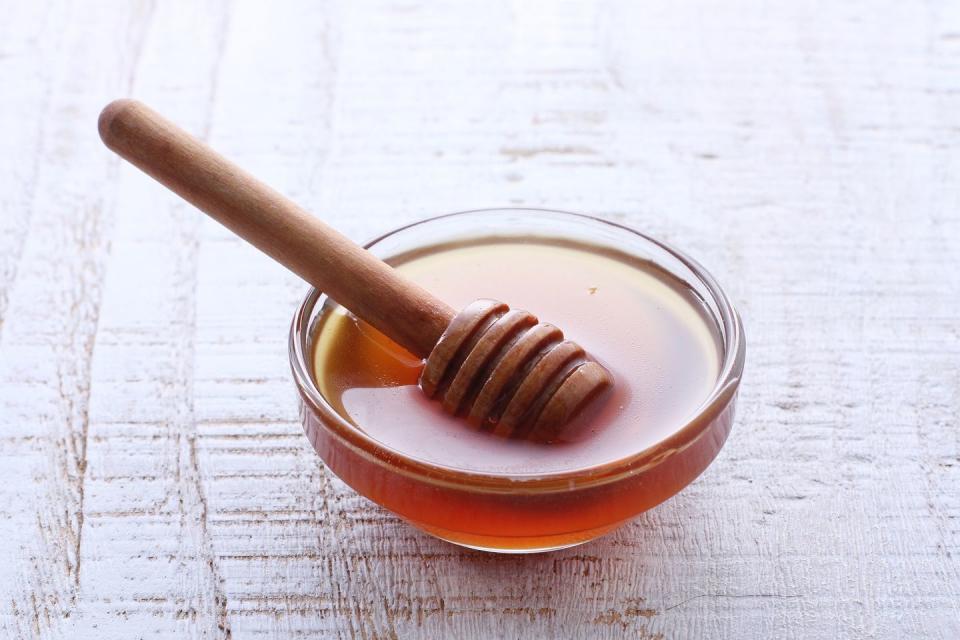
Mānuka Honey Has Medicinal Properties
“When consumed, Mānuka honey can help boost the immune system, soothe sore throats, and aid in digestive health due to its potent antibacterial and anti-inflammatory properties,” explains Dr. Jenelle Kim, doctor of traditional Oriental medicine, 9th generation master herbalist and founder and formulator at JBK Wellness Labs. “It contains methylglyoxal (MGO), which gives it strong antibacterial effects, making it effective in fighting against harmful bacteria and promoting overall health.”
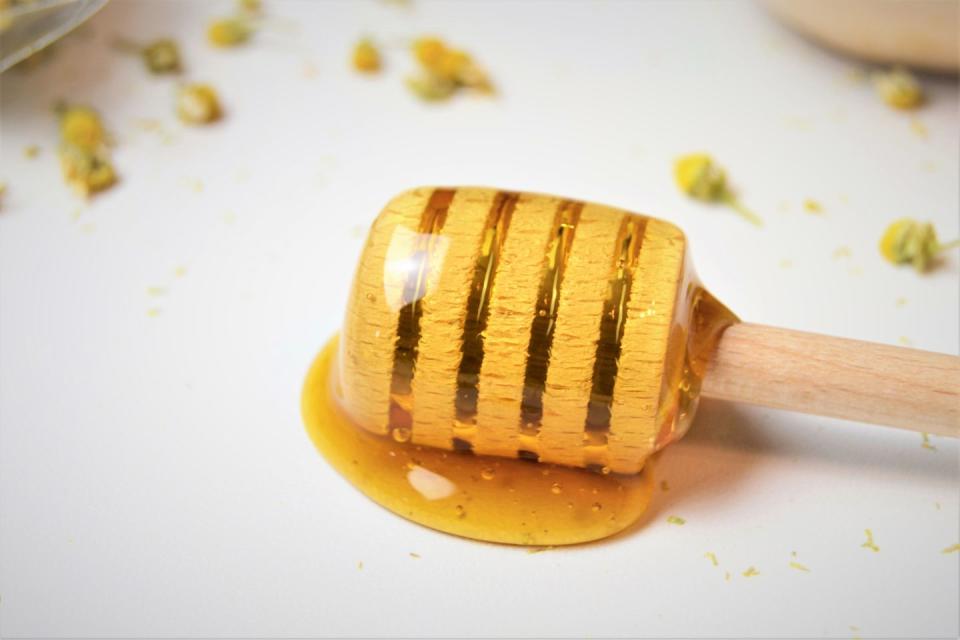
Mānuka Honey Can Help with Sore Throats
If you have a scratchy sore throat, try a spoonful or two of Mānuka honey. As noted in a 2017 article published in the journal Oxidative Medicine and Cellular Longevity. Because of Mānuka honey's naturally thick texture which soothes the throat and antimicrobial properties, it's great to have in your arsenal of sore throat remedies.
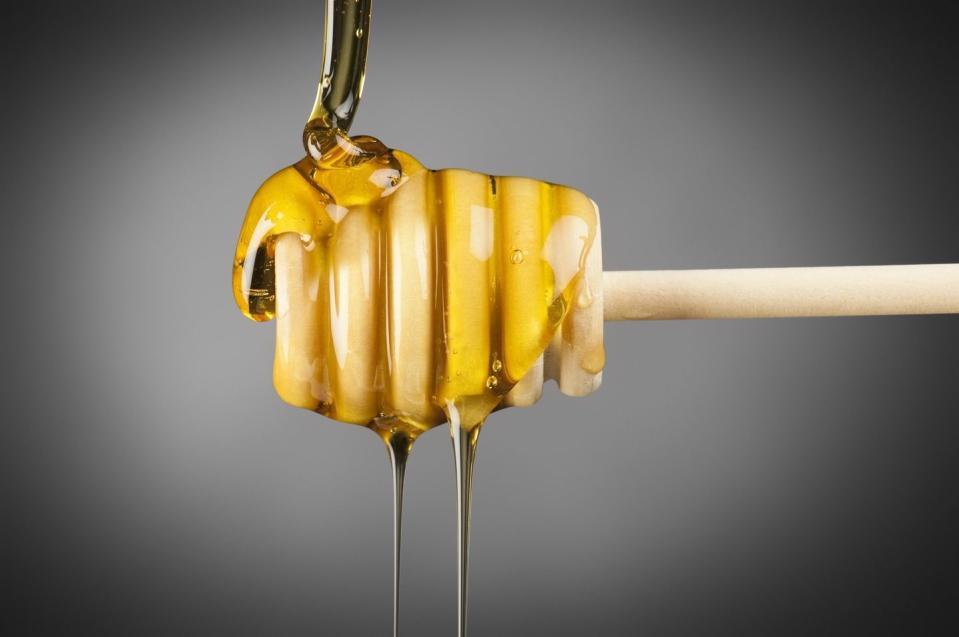
Mānuka Honey Can Be Used Topically
Besides helping with sore throats, Mānuka Honey can also be used on small burns, cuts, and scrapes for healing. “Topically, Mānuka honey is highly effective in wound healing and skin care,” shares Dr. Kim. “Its antibacterial properties help prevent infections in wounds and burns, while its anti-inflammatory effects reduce redness and swelling. It also promotes the regeneration of skin cells, making it beneficial for treating acne, eczema, and other skin conditions.” If you need to add a new addition to your medicine cabinet, consider Mānuka honey.
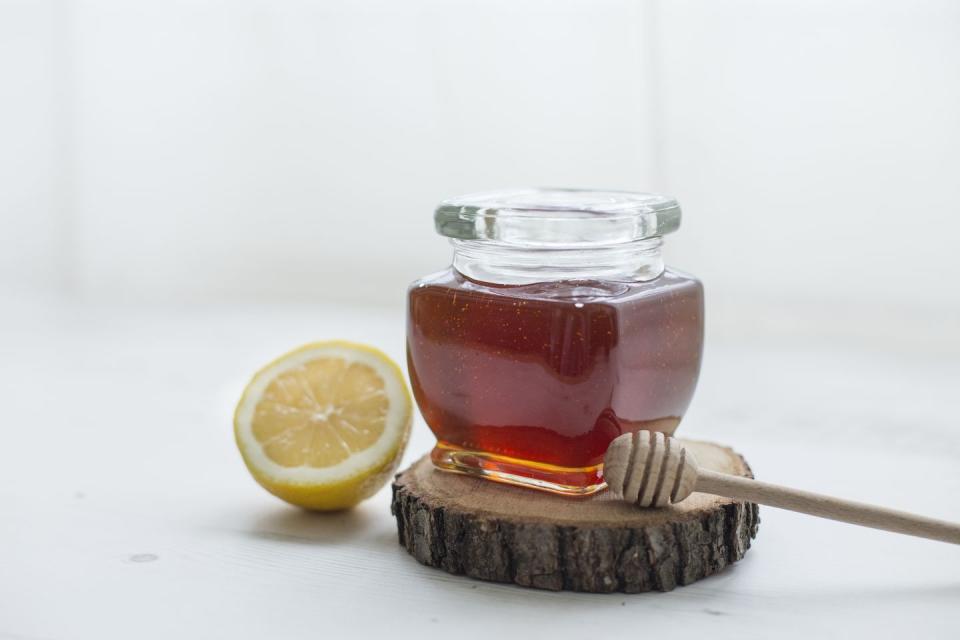
Shopping for a Mānuka Honey Brand
When shopping for Mānuka brands, you should keep an eye out for a traceability feature on the label. Transparent Mānuka brands will provide full test results to show what is said on the label including UMF™ grades as well as things like antibacterial levels. “Look for Manuka honey that is certified by reputable organizations, such as the UMF Honey Association, to guarantee its purity and quality,” recommends Dr. Kim.
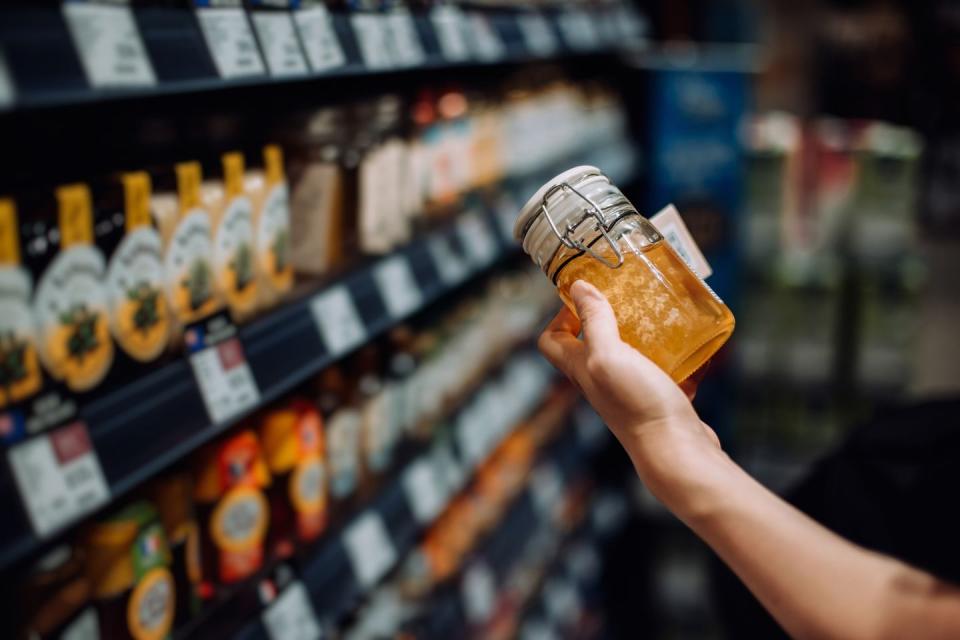
Read the Ingredients
When choosing a Mānuka honey, read the ingredients. “Pure Manuka honey should not contain any additives or fillers,” notes Dr. Kim. “Check the ingredient list to confirm it is 100% pure Mānuka honey.”
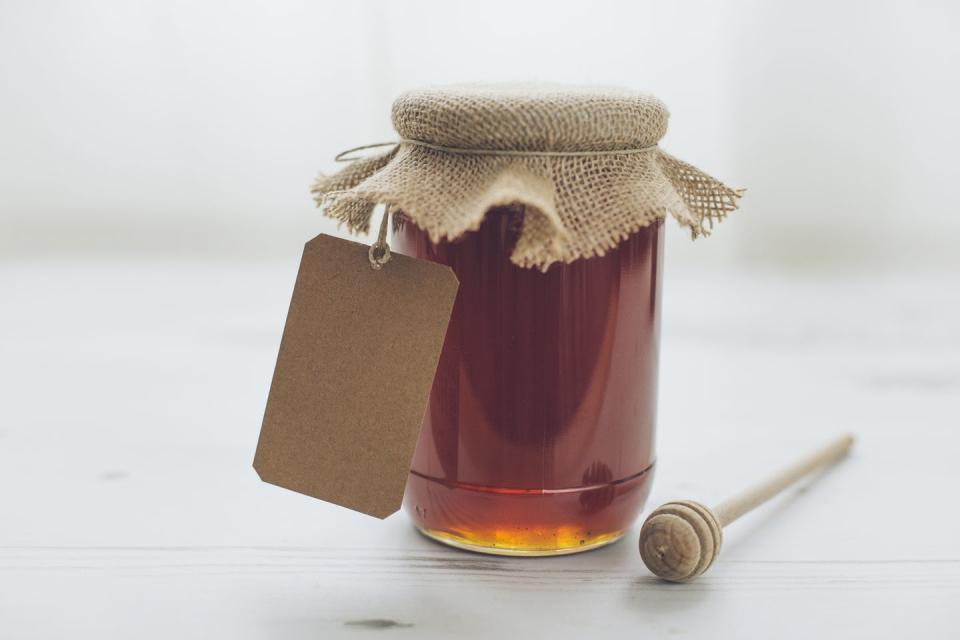
Reach for Raw and/or Unpasteurized
When shopping for Mānuka honey, Dr. Foxman says to look for honey that is labeled as "raw" or "unpasteurized" to ensure it retains its natural enzymes and maximum health benefits.
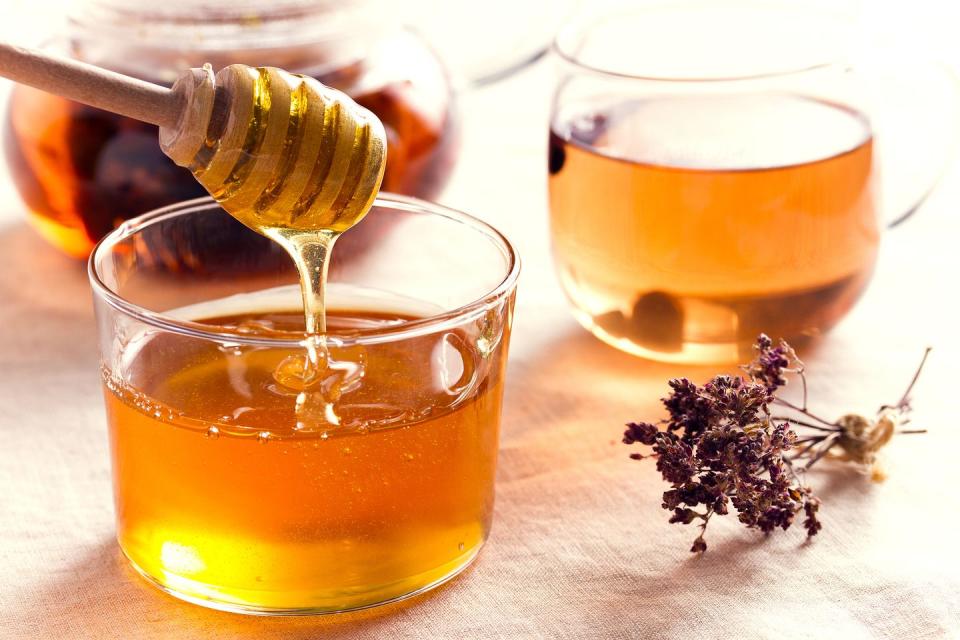
You Might Also Like


